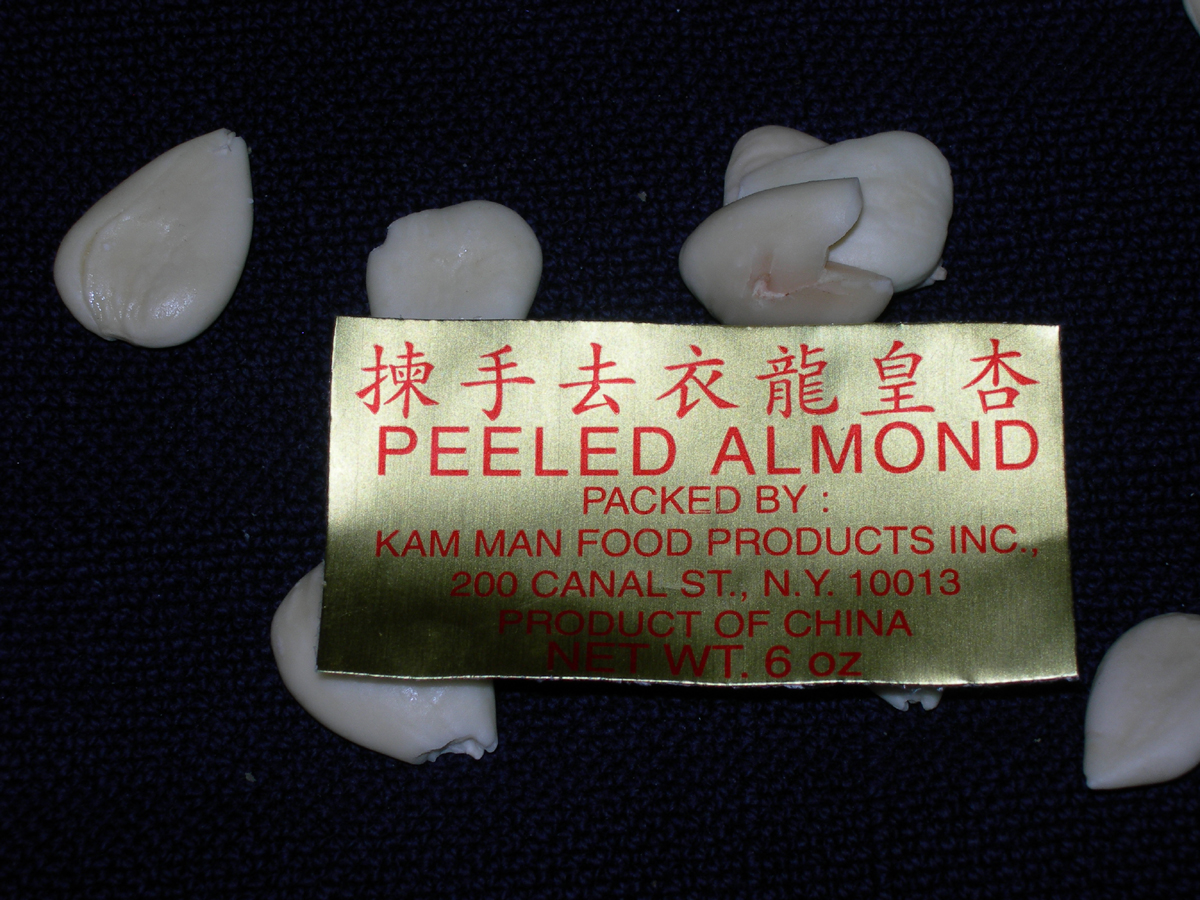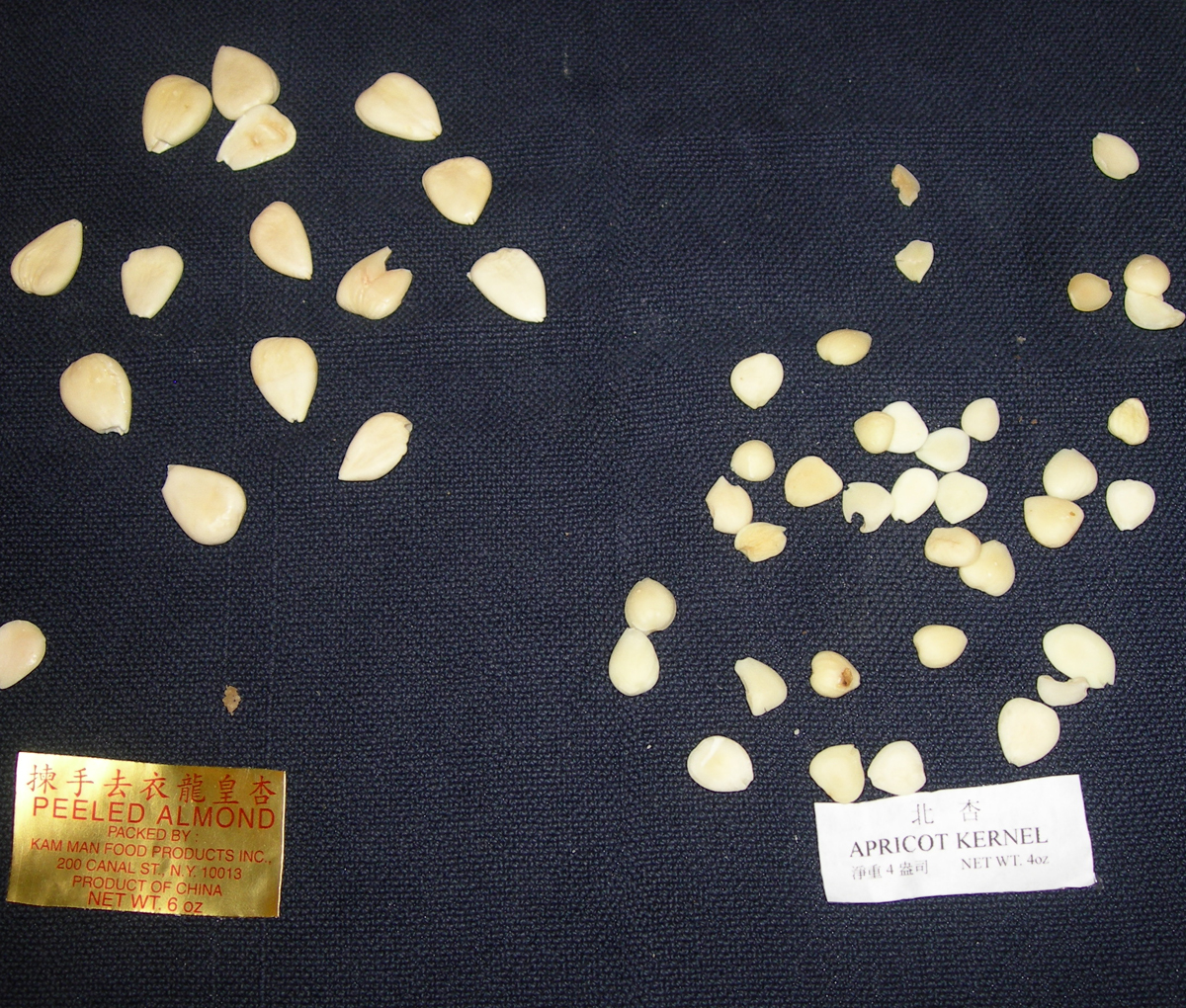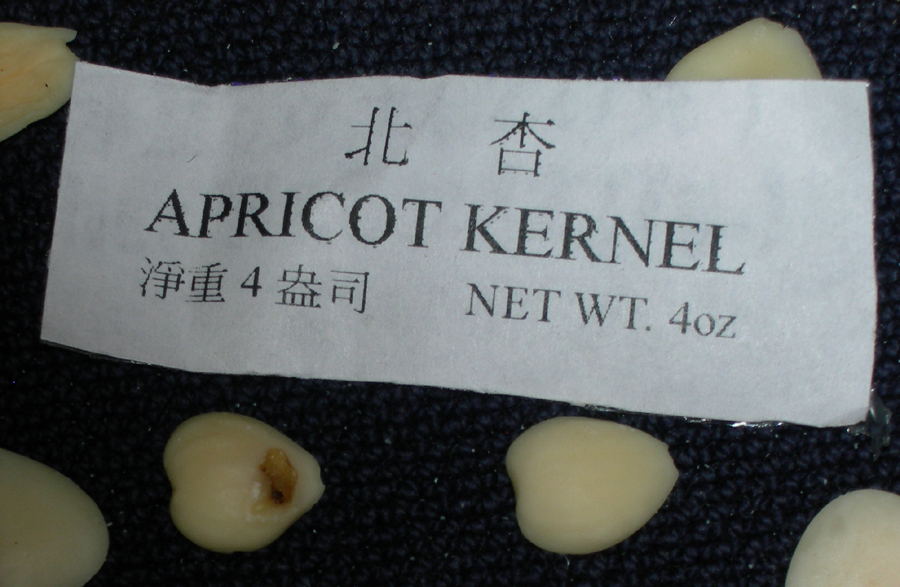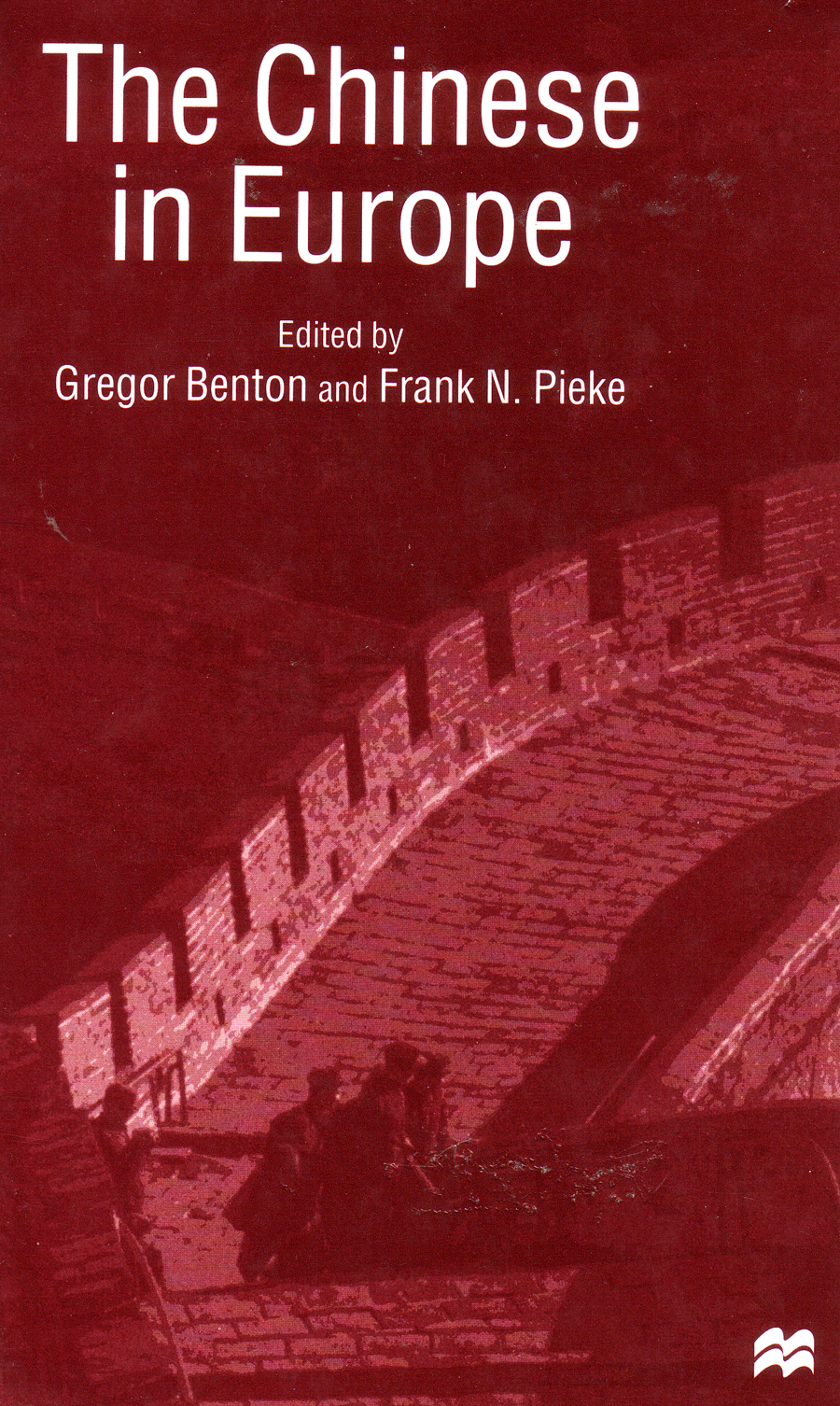
| What is Flavor and Fortune? |
| How do I subscribe? |
| How do I get past issues? |
| How do I advertise? |
| How do I contact the editor? |
Read 12981702 times
Connect me to:
| Home |
| Articles |
| Book reviews |
| Letters to the Editor |
| Newmans News and Notes |
| Recipes |
| Restaurant reviews |
| Article Index (all years, slow) |
| List of Article Years |
| Article Index (2025) |
| Article Index (last 2 years) |
| Things others say |
| Related Links |
| Log In... |
| Authors |
| Categories & Topics |
TOPICS INCLUDE: Our first 50 issues; Dragon bones; Northern and Southern almond kernels; Lohan fruit; Bird's nests; Boxes and Rolls; Chinese in Europe
| by Jacqueline M. Newman |
Letters to the Editor
Spring Volume: 2008 Issue: 15(1) page(s): 8, 11, 17, and 25
From RODRIGUEZ via e-mail:
Thanks for look at the first fifty issues. Hate to be a pig, but one more time, can you now make that an annual in the first issue of each volume?
RODRIGUEZ Fourteen years of Flavor and Fortune included:
459 articles,
329 books and video reviews,
361 restaurants discussed (not including the Top 100 listings),
348 topics in brief, and
1,000 recipes, their major nutrients analyzed,
written by 110 people.
WOW!!!
From LISA via e-mail:
Often read about dragon bones. Do the Chinese really believe they exist and if so, do they think them edible?
LISA: Yes, but do not take them literally. Why not? Because these bones are grouped as all fossilized mammals. They were discussed in the Pei Yao and were used as tranquilizers, were hypnotic, and were accepted as a tonic.
From BELINDA via e-mail:
Can you eliminate nutrient analysis and provide space for more recipes? I love the ones in your magazine, but there need to be more of them.
BELINDA: Yours is not the first such request for more recipes, but to date is the only one suggesting elimination of nutrient analysis. Please note, there are many recipes with none because the program we use is not geared to and surely does need more Chinese and other Asian food entries. Should the 'remove the nutrient analysis' hew and cry expand, we will revisit the issue. In this issue, there are many more recipes.
From FRANK in WAUKEGAN NJ:
Are there northern and southern almond kernels or is one of them really an almond?

 FRANK There is considerable mis-labeling of this food item. Certainly, if one looks carefully, the larger of these do not look like almonds, though they are called Chinese almonds. Even so, many people mistake them for other nuts. The Chinese have called them almonds for hundreds of years. The smaller of the kernels you refer to are from apricots. They are seeds found inside the stones, (also known as the pits) of apricots. Some called them Northern Almonds, but almonds they are not. Botanically, the smaller ones are Prunus armeniaca, are apricot kernels, bitter, and the Chinese consider them warm in nature. We now know they are slightly toxic. Eat them only when cooked, and even then, do so in small amounts. The kernels in peach pits contain laetrile and are likewise toxic.
FRANK There is considerable mis-labeling of this food item. Certainly, if one looks carefully, the larger of these do not look like almonds, though they are called Chinese almonds. Even so, many people mistake them for other nuts. The Chinese have called them almonds for hundreds of years. The smaller of the kernels you refer to are from apricots. They are seeds found inside the stones, (also known as the pits) of apricots. Some called them Northern Almonds, but almonds they are not. Botanically, the smaller ones are Prunus armeniaca, are apricot kernels, bitter, and the Chinese consider them warm in nature. We now know they are slightly toxic. Eat them only when cooked, and even then, do so in small amounts. The kernels in peach pits contain laetrile and are likewise toxic.
The apricot seeds, the Chinese believe, enter lung and large intestinal channels, relieve coughs, moisturize the intestines, and relax the bowels. The almonds are considered sweet, do not contain this toxin, and are also not eaten raw but rather roasted or boiled first. Both items shown on this page are almost always sold peeled and blanched. Even so, it is advisable to cook them before consuming them. If you put your tongue out and barely touch the apricot seeds, you will sense the bitterness; research says it is a mite of hydrocyanic acid.
Once again, do boil the bitter ones for at least twenty minutes. Recently were given some crackers made with the bitter apricot kernels (at the Fancy Food Show). They had yet to be cleared for sale in the United States, however, these crackers were baked at a high temperature so we were not worried about eating them. Actually, they were delicious as were another batch made with pumpkin seeds.
From LUANNE via e-mail:
What is buddha’s fruit? Is it the same as buddha’s hand? I sort of doubt that because the one recipe I saw for this dried fruit says to break it into several pieces. Do not see how one can do that with buddha’s hand.
LUANNE: Buddha's fruit,better known as lohan guo (lohan meaning Buddha, and guo meaning fruit) is round, the size of a small ball, smaller than the one I played stick-ball with as a kid, but a little bigger than the golf ball my husband uses for that sport. It has a hard thin exterior, sort of brownish-green, and an exterior that cracks easily when you crush it. My Chinese herbal experts advise it is good for relieving constipation, reducing boils, alleviating piles and cramps, and reducing tumors. They also recommend it for restoring one’s Qi. One of them suggested serving it to those needing energy. When asked if they have a recipe, e-mailed the following sweet soup. There have been many questions about item and we will discuss it in greater detail in the next issue.
ELIZABETH left a message asking:
What nutritional value do bird’s nests have?
ELIZABETH: You did not specify if you meant Chinese or Western; nor did you leave a number to get back to you. Therefore, as our answering machine does not provide callers numbers, we hope you read this issue. The Chinese believe bird’s nests preserve one’s youth, nourish the lungs, strengthen the immune system, and improves the complexion. Western medicine tells us the proteins in them are pre-digested. Minerals, enzymes, and amino acids are considerable when consuming one hundred grams–about three and a half ounces, but rarely does anyone eat that much. These nests have a hefty price even for half an ounce. Chinese of all ages say they like them and they consider them most valuable for the aged. There are those that worry about their not being enough of them for the swift babies, and ecologically, they do not want to see them eaten, ever.
KELLY ANN wrote:
Just returned from Taiwan where we had a lunch of 'boxes' and 'rolls' both with bean curd. They were delicious and wonder if you can provide recipes for these unusual breakfast items?
KELLY ANN: A Taiwanese chef we spoke to says he has never heard of foods called by these names, Based upon your lengthy description, he recommends trying the recipes below he named using your terminology.
 From PAULA via e-mail:
From PAULA via e-mail:
Your magazine offers lots of Chinese food history and some information about the Chinese in the United States and Asia. However, it rarely says anything about Chinese on other continents. Can you fill that void?
PAULA: Assuming you mean the Chinese people, you have asked for more than most can provide, ourselves included. What can be done is offer readings periodically. As neither a historian, anthropologist, nor sociologist, here is a book to begin your own searching. We tend to stick to what we know best, Chinese food. That said, do get a copy of The Chinese in Europe edited by Gregor Benton and Frank N. Pieke, and published in Great Britain by Macmillan Press Ltd., 1998.
This book studies overseas Chinese in Europe, has fifteen chapters, two about Chinese people there, one each about them in Great Britain, France, the Netherlands, Denmark, Germany, Spain, Portugal, Italy, and Russia, and one about the Chinese in Central and Eastern Europe looking at cases in the Czech Republic, Hungary, and Roumania; and another chapter about the Chinese in Hungary. They were written by seventeen different authors. The editors do advise that Chinese communities have existed in several European countries for most of the twentieth century, but before this book no one could write about them due to lack of interest, language, or social science techniques. We were introduced to this book about a year ago by a retired Chinese prof from Brown University in Providence Rhode Island. He came to Long Island to use the Chinese Cookbook Collection at Stony Brook University.
And Paula and everyone, we have reported information about Chinese in other countries when discussing restaurants in those countries. Of course we concentrate on China and Asia (including Taiwan, Singapore, Vietnam, and Japan). Do look for them and others in the index listings. In the Middle East look up restaurants in Israel; in Europe look for places such as Sicily, Holland, Belgium, and Turkey (which is in this issue); in North America check out Vancouver and other cities in Canada and one North of the Arctic Circle; and in South America look for places in Peru, Mexico, Costa Rica, even Nassau in the Bahamas. Overall, more than six percent of restaurants reviewed were not in Asia nor the United States.
| Luohan and Longan Sweet Soup |
|---|
1 lohan, broken into four to six pieces 1/4 cup dried seedless longan 1 melon, peeled and coarsely grated 12 honey-dates 1/4 cup white or light yellow rock sugar Preparation: 1. Put lohan, longan, melon shreds, rock sugar, and two quarts of water into a four quart pot, Bring this to the boil, then reduce the heat, cover, and simmer for one hour. 2. Strain, if desired (most Chinese do not), and serve warm. |
| Tofu Bread Box |
|---|
1 three-inch thick slice of whole wheat or white bread 1/2 large square of firm bean curd (about eight ounces) 2 cups vegetable oil 4 shrimp, peeled, veins removed, and diced 3 Tablespoons minced beef 2 Chinese black mushrooms, soaked, stems discarded, and diced 1 small carrot, coarsely chopped 1 scallion, slivered 2 teaspoons thin soy sauce 1 teaspoon oyster flavored sauce 1/2 teaspoon sesame oil 1 teaspoon cornstarch mixed with same amount of cold water dash of salt and pepper, or to taste Preparation: 1. Cut the center out of the bread leaving the sides and bottom in tact. Then line this box with half inch slices of bean curd, and lightly mash then into the bread being careful not to tear the bread. 2. Heat oil in a deep pot and fry this bread box until it is golden brown, turning it once or twice. Then remove and drain upside down on a paper towel; and set the oil aside for other uses. 3. Heat one teaspoon of the oil set aside, and fry the beef until no longer pink. Add prepared pieces of mushrooms, carrot, and scallion, and stir fry for one minute. Add soy and oyster sauces and the sesame oil and stir-fry for one minute, then add cornstarch and water mixture and the salt and pepper, and stir-fry until this mixture thickens slightly and is no longer cloudy. 4. Set bread box on a serving plate, pour the beef mixture into the box and if some spills over the sides that is fine. Serve. |
| Pork Rolls |
|---|
1/2 pound ground pork 1/2 pound any white fish, minced 1/4 cup minced onion 1/4 cup canned water chestnuts, minced 4 shrimp, shells and veins removed, then minced 1/2 teaspoon sugar 1/2 teaspoon five-spice powder 1/4 teaspoon ground white pepper 1 teaspoon thin soy sauce 1 teaspoon Chinese rice wine 1 teaspoon oyster sauce 4 sheets fresh (not dried) bean curd, each about one ounce 2 cups vegetable oil for frying Preparation: 1. In a large bowl, gently stir all the ingredients (except the bean curd sheets) just until mixed. 2. Put one quarter of the mix on one sheet of bean curd and roll into a one-inch thick long cigar. Wet the end of the bean curd with water before finishing the roll, and set this down on a plate, seam side down. Repeat with the rest of the ingredients and the sheets of bean curd. Let them rest fifteen minutes. 3. Heat oil on a wok or large fry pan and deep fry the rolls until golden brown and crisp. Then drain on paper towels, and remove them to a cutting board. 4. Slice the rolls on an angle and set on a platter. Then serve. |

Copyright © 1994-2025 by ISACC, all rights reserved
Address
3 Jefferson Ferry Drive
S. Setauket NY 11720